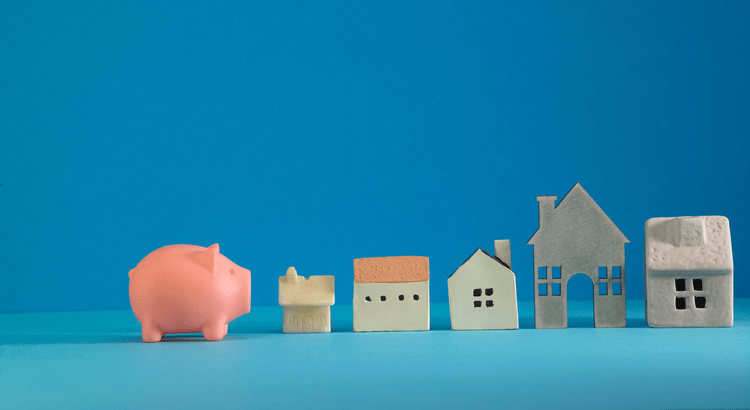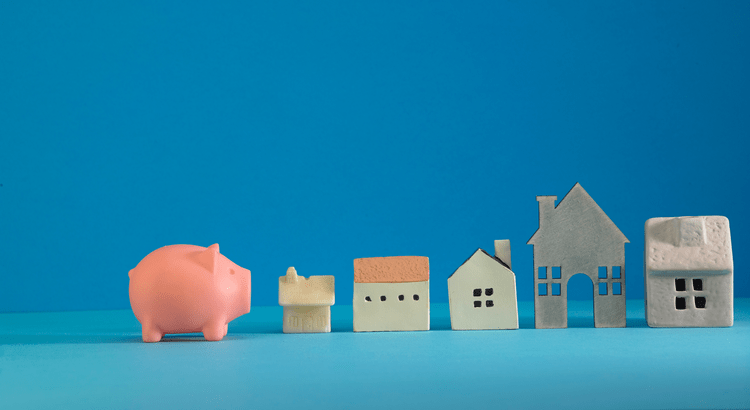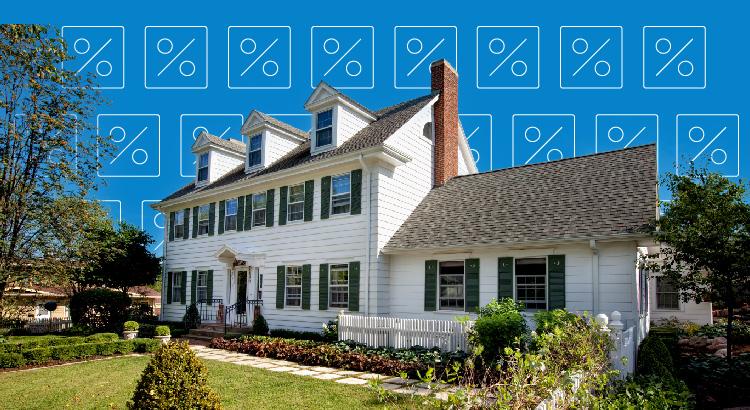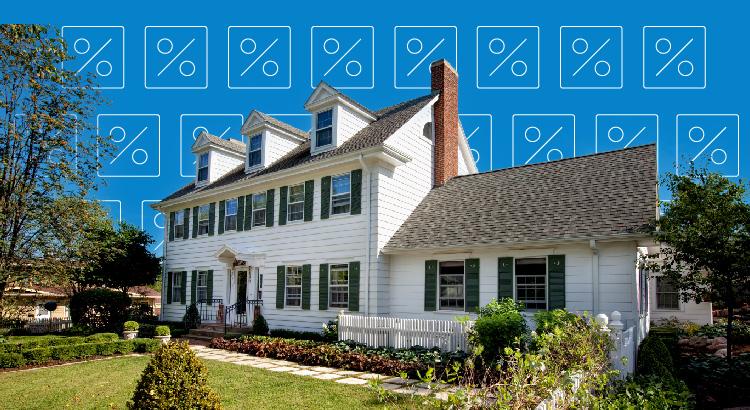
Are you hesitant to sell your house because you’re worried no one’s buying with rates and prices where they are right now?

Are you hesitant to sell your house because you’re worried no one’s buying with rates and prices where they are right now?

Are you hesitant to sell your house because you’re worried no one’s buying with rates and prices where they are right now?

Your credit score plays a big role in the homebuying process.

Have you ever stopped to think about how much wealth you’ve built up just from being a homeowner?

Have you ever stopped to think about how much wealth you’ve built up just from being a homeowner?

Experts say rates will come down slightly in the year ahead – but some volatility is expected.

Experts say rates will come down slightly in the year ahead – but some volatility is expected.

Knowing what to budget for when buying a home may feel intimidating — but it doesn’t have to be.

Knowing what to budget for when buying a home may feel intimidating — but it doesn’t have to be.

Let’s face it – life can throw some curveballs.